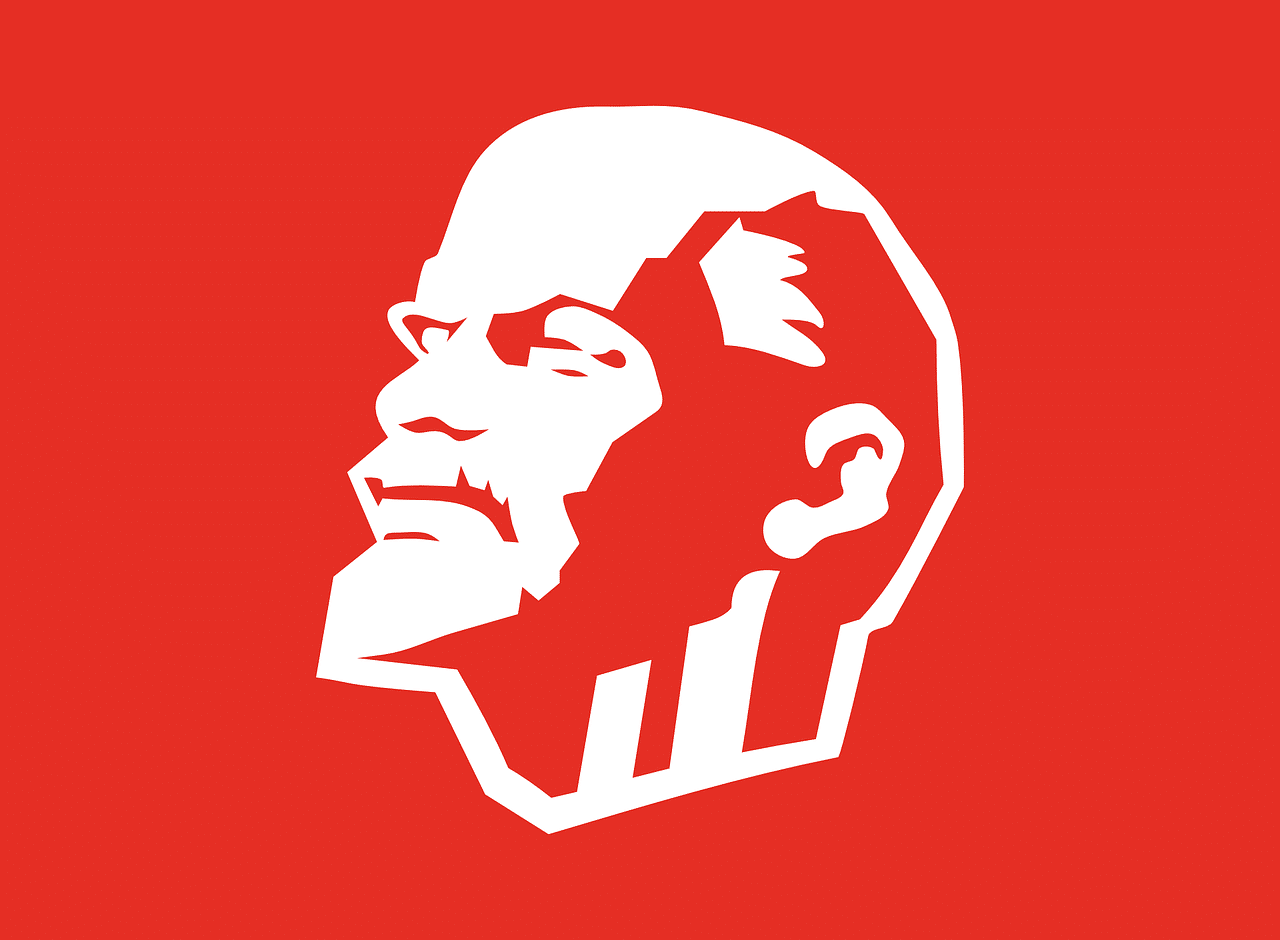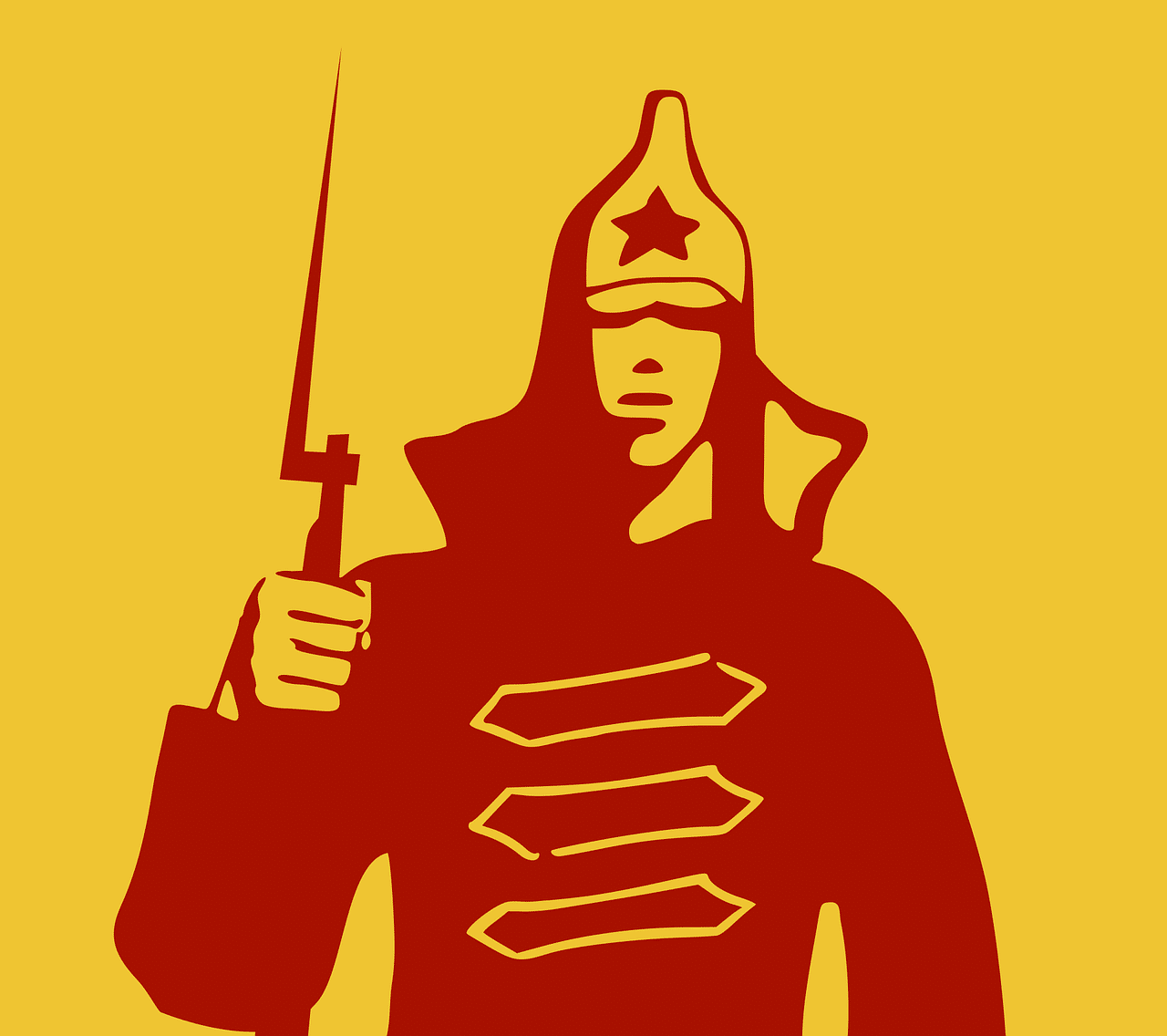
Lenin was one of the leaders of the Russian Revolution.
The Russian Revolution was a historical process that took place in Russia in 1917 . The events that took place then led to the abdication of Tsar Nicholas II and later the implementation of a socialist regime.
The concept refers to two specific moments: the February Revolution (which ended tsarism and established a provisional government) and the October Revolution (when the Bolsheviks led by Lenin overthrew these authorities and imposed socialism ). The Russian Revolution , therefore, consists of these two stages.
Historical context of the Russian Revolution
When the Russian Revolution broke out, the Romanov dynasty had been in power for more than three centuries. This dynasty began with Michael I of Russia , elected tsar by a council of nobles in 1613 after the death of his great-uncle Ivan IV .
In 1917 , the tsar was Nicholas II , son of Alexander III . Nicholas II came to the throne in 1894 and headed an autocracy that fueled Russian industrialization. Hand in hand with industrialization, unions and groups of the proletariat of a revolutionary nature also emerged that began to promote the fall of the monarchy. Many of these industrial workers were former serfs who benefited when, in 1861 , the then Tsar Alexander II abolished serfdom in an attempt to promote social peace.
Tsarism suffered a severe blow with defeat in the Russo-Japanese War in 1905 . The internal unrest led to a first revolutionary attempt (the so-called Revolution of 1905 ). To calm the population and prevent new uprisings, Nicholas II convened the Imperial Duma or State Duma , granting it legislative powers, and thus in 1906 the Constitution (usually referred to as the Fundamental Laws ) was promulgated.
Then the tsar also carried out an agrarian reform to please the peasants. However, the discredit of the monarchy was already very great. The First World War was another event that harmed the Russian Empire , as it caused great damage to the population and ended up strengthening the revolutionary project.

After the Russian Revolution, the factories came under workers' control.
The events of February
The events of February 1917 were a response to Russian intervention in World War I and the lack of deeper political reform . In this context, demonstrations and strikes began to take place in protest against the hunger of the people and the shortage of supplies.
The popular uprising became increasingly noticeable, even with a reduced presence of the revolutionary parties and little organization . The tsar, in this context, tried to appeal to repression.
On February 27 of the Julian calendar (March 12 in the Gregorian calendar) the Provisional Committee of the Duma was formed and the Petrograd Soviet (or Soviet) was created, two bodies that began to compete for power. Nicholas II , now without military support, abdicated on March 2 (March 16 according to the Gregorian calendar) in favor of his brother Mikhail Aleksándrovich , who also abdicated the next day due to lacking support.
Power, thus, fell to a provisional government formed by moderate and liberal socialists. This government was promoted by the Provisional Committee of the State Duma with the support at first of the Petrograd Soviet , which however chose not to participate.
The initial objective was for the provisional government to convene a Constituent Assembly to define the form of government and the Constitution . Georgy Lvov was first in charge, who was succeeded by Alexander Kerensky .
The provisional government was attacked by both the right (with a failed coup attempt led by General Lavr Kornilov ) and the left (especially by the Bolshevik Party ). Although a large part of the population demanded that Russia withdraw from the World War , the provisional government maintained that participation.
Lenin 's return from Switzerland contributed to the growth of the Bolsheviks, who became radicalized and began to demand all power for the Soviets. Thus arose the decision of the party leaders to overthrow the provisional government.

The Red Guard, formed by the Bolsheviks to advance the Russian Revolution, later formed the basis of the Red Army.
The Russian October Revolution
The Russian Revolution of October 1917 , therefore, marked the fall of the provisional government that had emerged after the overthrow of tsarism and the beginning of the socialist stage with Marxism as its banner.
Willing to take power, the Bolsheviks debated between direct armed action ( Lenin 's proposal) or forcing the transfer while the Second Congress of Soviets was taking place, with the Petrograd Soviet taking over the government instead of the party ( Leon Trotsky 's initiative). ). For Trotsky , the resistance of the provisional government could be taken as a counter-revolutionary measure that would enable the Bolsheviks to confront them with arms.
Thus, when the provisional government mobilized its troops, the Bolsheviks put into operation the brand new Petrograd Military Revolutionary Committee , which soon managed to control key points. On October 25 (November 7 in the Gregorian calendar), with the Second Congress of Soviets already in session, this new revolutionary phase took shape and most of the members of the provisional government were arrested.
Since the moderate socialists ( Mensheviks ) chose to withdraw from the congress due to disagreement with the Bolsheviks, this sector was left in charge. The Sovnarkom ( Council of People's Commissars ) was then established with Lenin as head of government.
This new regime soon gave the workers control of production, decreed the nationalization of the banks and recognized the right of self-determination of all the peoples of Russia . The Sovnarkom faced the so-called Russian Civil War , where the Bolsheviks fought against the remnant of the tsarist forces, the monarchists, the conservatives and the democratic socialists, emerging victorious.
This Council of People's Commissars concluded when the creation of the Union of Soviet Socialist Republics ( USSR ) was established at the end of 1922 . The USSR kept Lenin as the head of the State until his death, when he was succeeded by Joseph Stalin as head of the Communist Party of the Soviet Union .
Stalinism was characterized by censorship and political repression, with gulag -run forced labor camps. Stalin , in fact, appealed to the cult of personality and strengthened his power through the so-called Great Purge , a campaign that included the shooting and confinement in concentration camps of hundreds of thousands of citizens.
Stalin died in 1953 and the dissolution of the Soviet Union only occurred in 1991 , which also marked the fall of communism . The Russian Federation remained the legal successor of the USSR at the international level, while most of the former Soviet republics achieved their independence.
